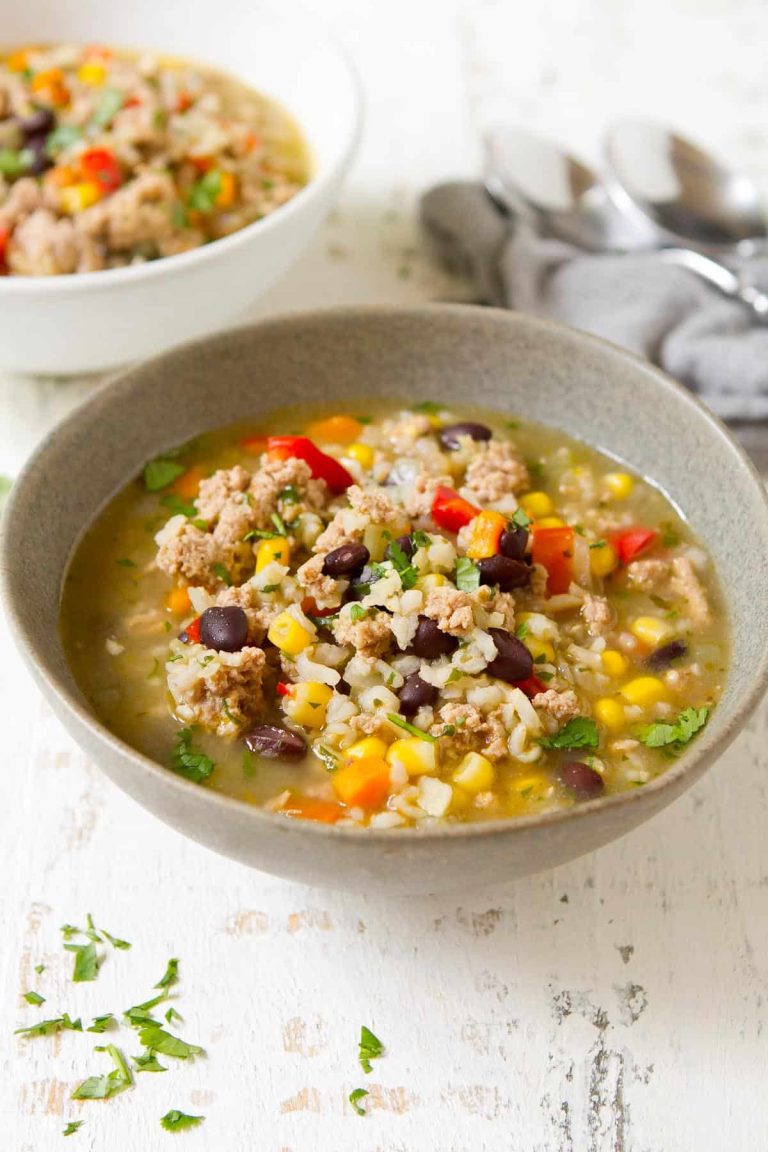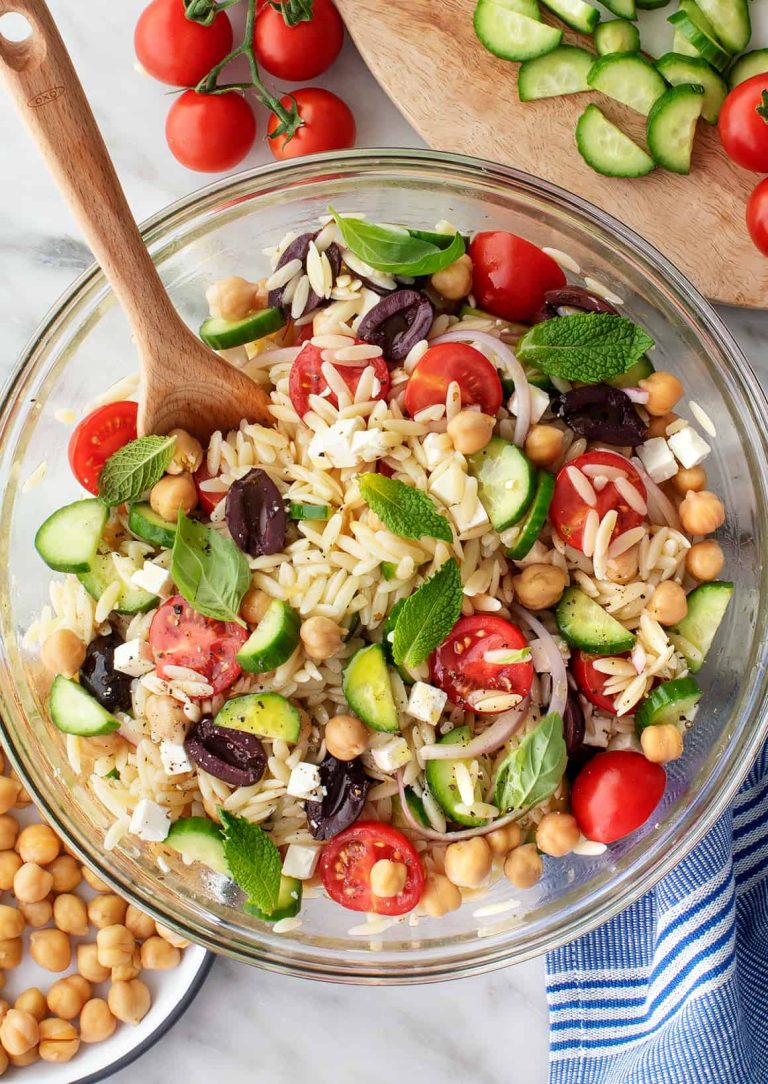Mochiko Chicken: History, Recipe, Nutritional Info, and Perfect Pairings
Mochiko flour, made from glutinous rice, holds a special place in Hawaiian cuisine. Japanese immigrants introduced this staple during the plantation era in the late 1800s. They brought recipes and cooking techniques that have since integrated into Hawaii’s diverse culinary landscape. One notable adaptation is Mochiko Chicken, which combines Japanese ingredients with local flavors. It’s a testament to Hawaii’s cultural melting pot, reflecting a harmonious blend of traditions.
Why Mochiko Chicken Became a Favorite
Mochiko Chicken gained popularity for its unique texture and flavor profile. The use of mochiko flour results in a crispy exterior while maintaining a juicy interior. This contrast appeals to many, making it stand out among fried chicken varieties. Soy sauce, garlic, and ginger marinate the chicken, imparting a savory depth that complements its crunch. You’ll find Mochiko Chicken featured at family gatherings, potlucks, and food festivals across Hawaii. Its ability to cater to both casual dining and special occasions contributes to its wide acclaim.
Key Ingredients and Substitutes
Essential Ingredients for Authentic Flavor
Mochiko chicken relies on a few core ingredients to achieve its distinct taste and texture. Mochiko flour, made from glutinous rice, forms the essential base. Soy sauce provides the savory umami flavor, while sugar adds a slight sweetness to balance the marinade. Garlic and ginger contribute aromatic notes, enhancing the overall palate.
Rice vinegar aids in tenderizing the chicken, ensuring a juicy bite. Vegetable oil is vital for frying, giving the chicken its signature crispy exterior. Green onions add a fresh, mild onion flavor that complements the dish.
Substitutes for Common Allergens or Preferences
If you’re dealing with gluten intolerance, replace soy sauce with tamari or coconut aminos. Consider using a gluten-free flour blend instead of mochiko flour. Avocado oil can substitute vegetable oil for those watching their health.
Use coconut sugar or honey in place of regular sugar for a natural sweetness. Try garlic powder if fresh garlic isn’t available. If ginger isn’t accessible, ground ginger provides a comparable flavor.
For those avoiding rice vinegar, apple cider vinegar delivers a similar tang. You can use chives as a substitute for green onions for a different but mild onion flavor.
| Ingredient | Substitute |
|---|---|
| Soy Sauce | Tamari, Coconut Aminos |
| Mochiko Flour | Gluten-Free Flour Blend |
| Vegetable Oil | Avocado Oil |
| Sugar | Coconut Sugar, Honey |
| Fresh Garlic | Garlic Powder |
| Fresh Ginger | Ground Ginger |
| Rice Vinegar | Apple Cider Vinegar |
| Green Onions | Chives |
These alternatives ensure that you can still enjoy Mochiko chicken regardless of dietary restrictions or ingredient availability.
Step-by-Step Cooking Guide
Preparing the Mochiko Batter
Combine essential ingredients to craft a cohesive mochiko batter. Mix 1 cup of mochiko flour with 1/4 cup each of soy sauce and brown sugar. Add 2 tablespoons each of rice vinegar and water for balance. Ensure 1 tablespoon of garlic paste and 1 tablespoon of grated ginger are incorporated uniformly. Beat two large eggs and fold into the mixture. Stir until it reaches a smooth consistency. Marinate chicken pieces in this batter for at least 2 hours, letting flavors infuse thoroughly.
Tips for Frying to Perfection
Achieving perfectly fried mochiko chicken requires attention to detail. Heat vegetable oil in a deep skillet or fryer to 350°F (175°C). Use a kitchen thermometer for accuracy. Fry the marinated chicken in small batches to prevent overcrowding. Cook each piece for 3-4 minutes until golden brown. Ensure the internal temperature reaches 165°F (74°C). Remove and drain on paper towels to retain crispiness. Garnish with chopped green onions for added flavor and visual appeal.
Nutritional Information
Understanding the Caloric Content
Mochiko Chicken packs rich flavors, but it’s essential to understand the caloric content for those monitoring their intake. A standard serving, approximately 4 ounces, contains about 250 calories. This serving also includes 15 grams of fat, 10 grams of carbohydrates, and 20 grams of protein. These values provide a well-rounded profile, essential for gauging daily caloric needs. Keep in mind, cooking methods and specific ingredients like additional sauces can modify these numbers.
Healthy Modifications to the Recipe
Adjusting the original recipe can make Mochiko Chicken healthier. To reduce fat content, opt for baking instead of frying. This change cuts down the fat per serving to around 5 grams. Another adjustment is using skinless chicken breast instead of thighs, which reduces calorie count to about 200 per serving. Replacing traditional soy sauce with a low-sodium version decreases sodium intake without compromising flavor. Additionally, incorporating whole grain rice flour rather than Mochiko flour boosts fiber content, aiding digestion and improving overall nutritional value.
Serving and Pairing Suggestions
Ideal Side Dishes
Mochiko Chicken pairs excellently with a variety of side dishes that enhance its flavors. Consider these options to create a balanced and satisfying meal:
- Steamed White Rice: A staple in Hawaiian cuisine, steamed white rice absorbs the savory juices from the chicken.
- Pickled Vegetables: Such as kimchi or tsukemono, add a tangy and crunchy contrast to the dish.
- Macaroni Salad: Creamy macaroni salad offers a cooling counterbalance to the crispy chicken.
- Green Salad: Mixed greens with a light vinaigrette provide a fresh and healthy touch.
- Hawaiian Sweet Rolls: The soft, sweet rolls complement the savory chicken.
Drinks to Complement Mochiko Chicken
To complete your Mochiko Chicken meal, select beverages that enhance its flavors without overpowering them:
- Iced Green Tea: Refreshing and slightly bitter, iced green tea balances the savory and sweet elements of the chicken.
- Pineapple Juice: The tropical sweetness of pineapple juice pairs naturally with the dish’s flavors.
- Beer: Light lagers or pale ales offer a crisp and slightly hoppy note that complements the fried chicken.
- White Wine: Choose a dry white wine like Sauvignon Blanc to bring out the ginger and garlic accents.
- Sparkling Water: Keeps the palate fresh and cleansed between bites.
Opt for side dishes and beverages that balance and elevate Mochiko Chicken, making each bite more enjoyable.
Conclusion
Mochiko Chicken offers a delightful fusion of Japanese and Hawaiian flavors that’s sure to impress your taste buds. Whether you choose to fry or bake it, this dish promises a crispy exterior and juicy interior, making it a versatile option for any meal. Pair it with your favorite sides and beverages to create a well-rounded dining experience. Enjoy the unique taste and texture of Mochiko Chicken, and don’t hesitate to experiment with variations to make it your own.





